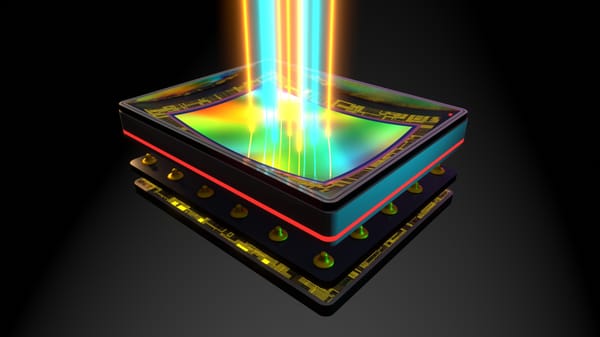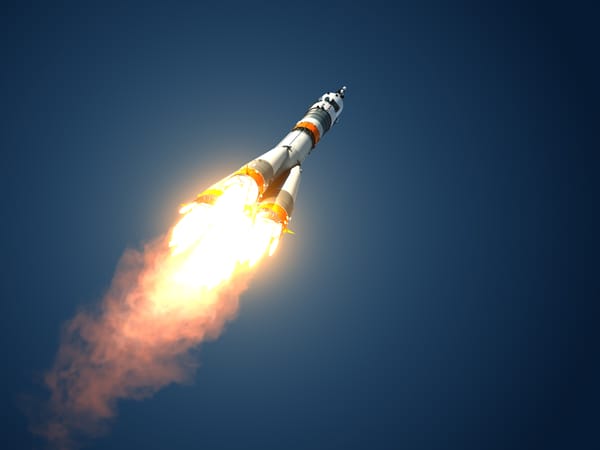Quantum Sensors

Quantum Sensors: A Strategic Enabler of National Capability
Quantum sensors represent a transformative class of technologies that exploit quantum phenomena—such as superposition, entanglement, and quantum coherence—to measure physical quantities with unprecedented precision. These sensors offer revolutionary improvements in sensitivity and accuracy over classical alternatives, enabling capabilities in navigation, geophysics, medical imaging, and defence systems that were previously unattainable. As a critical technology, quantum sensing enhances national capability by strengthening situational awareness, securing navigation without reliance on GPS, and improving detection in domains such as submarine tracking, underground mapping, and nuclear material surveillance.
At their core, quantum sensors detect minute variations in gravity, magnetic fields, acceleration, or time by observing the behaviour of quantum systems such as trapped ions, cold atoms, or nitrogen-vacancy (NV) centres in diamonds. This enables applications like gravity gradiometry for subterranean imaging, atomic clocks for ultra-precise timing, and magnetometers for detecting concealed threats. When integrated into defence platforms, these sensors can provide strategic advantages in GPS-denied environments, submarine navigation, and quantum radar systems resistant to jamming and stealth technology.
Strategic Importance
From a national capability standpoint, quantum sensors contribute across defence, intelligence, critical infrastructure monitoring, and scientific leadership. In conflict scenarios where satellite infrastructure may be compromised, quantum inertial navigation systems offer resilient positioning and timing. Meanwhile, quantum gravimeters can assist in detecting hidden tunnels, bunkers, or nuclear material storage without invasive scanning. In civilian domains, applications in medical diagnostics, climate monitoring, and resource exploration provide long-term economic and societal benefits.
Moreover, leadership in quantum sensing aligns with broader national goals in quantum science, offering technological sovereignty, economic competitiveness, and strategic deterrence. As these systems mature from laboratory to deployment, nations investing in quantum sensors are shaping the next era of precision technologies.
Global Leaders in Quantum Sensing
1. United States
The U.S. is a global leader in quantum sensing, with extensive research funded by agencies like DARPA, DOE, and NSF. Initiatives such as the Quantum Economic Development Consortium (QED-C) promote industry collaboration, while companies like Honeywell and ColdQuanta are transitioning quantum sensors into defence and aerospace systems. U.S. research is particularly advanced in atomic interferometry and quantum magnetometry for defence and space applications.
2. China
China has rapidly advanced its quantum sensor capabilities through state-directed programs and military-civil fusion strategies. Institutions like the University of Science and Technology of China (USTC) and the Chinese Academy of Sciences are pioneering portable quantum gravimeters and atomic gyroscopes. Chinese efforts focus on strategic military applications, including missile guidance and underground mapping.
3. Germany
Germany leads European efforts through its Quantum Flagship initiative, with a strong emphasis on integrating quantum sensors into industry. The Fraunhofer Institute and the German Aerospace Center (DLR) are developing quantum gravimeters and accelerometers for aerospace, geology, and infrastructure monitoring. Germany’s engineering strength is critical in transitioning sensors into robust, field-deployable systems.
4. United Kingdom
The UK’s National Quantum Technologies Programme has established centres of excellence in quantum sensing, including the Quantum Technology Hub for Sensors and Timing. Applications range from autonomous navigation to precision agriculture and civil infrastructure safety. The UK’s Defence Science and Technology Laboratory (DSTL) is active in military quantum sensor development.
5. Australia
Australia is an emerging leader, with efforts led by institutions such as the University of Queensland, ANU, and the Defence Science and Technology Group (DSTG). Australian research excels in diamond-based quantum magnetometers and atom interferometry, with strong defence sector alignment through the Next Generation Technologies Fund.
As global competition in quantum technologies intensifies, quantum sensors stand out as a core area of national advantage—delivering disruptive precision capabilities essential for security, resilience, and innovation leadership.




